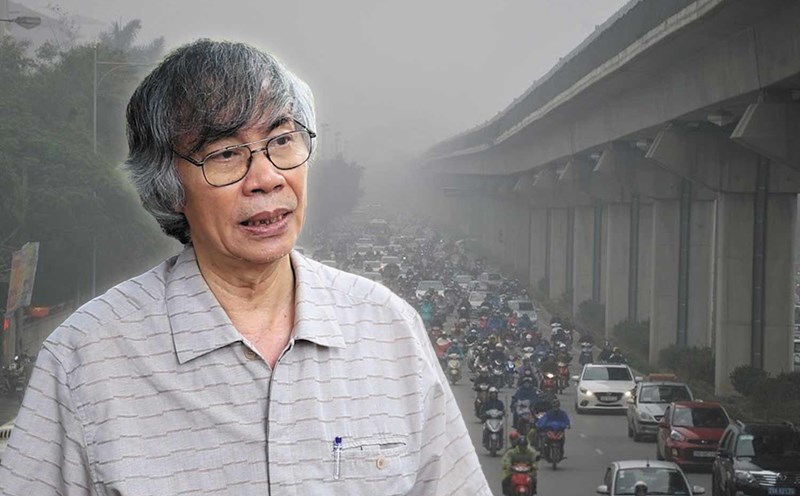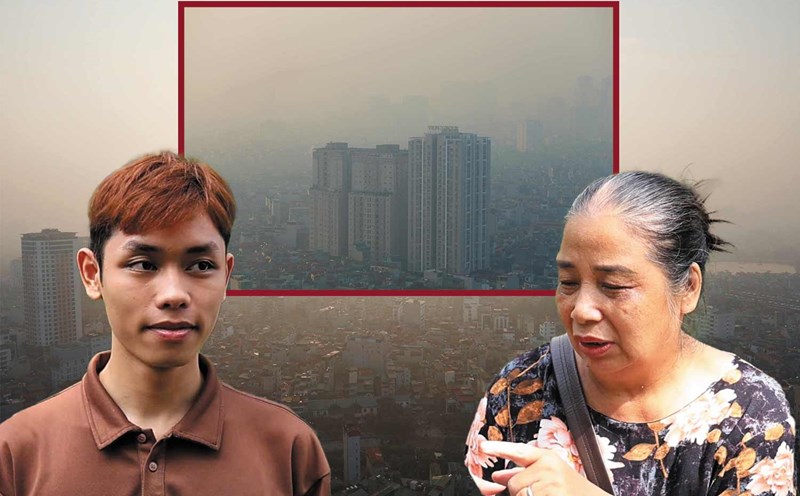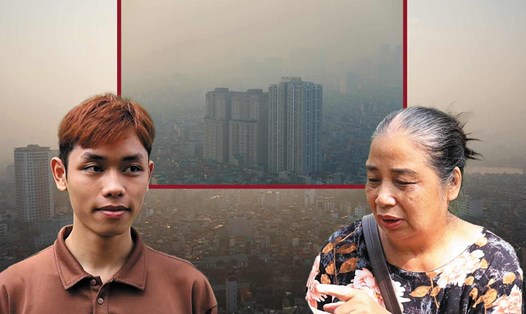According to the air quality monitoring application VN AIR (information published from monitoring data source conducted by the Department of Environmental Pollution Control, Ministry of Natural Resources and Environment), monitoring results of 3 measuring stations of the Northern Environmental Monitoring Center showed that air quality at some points in Hanoi and neighboring provinces was at a bad level on November 2.
According to the air quality monitoring application VN AIR, in October, Hanoi experienced 4 air pollution episodes between 7am and 11am, with the atmosphere covered in a thick, opaque fog. In particular, in areas with high traffic density, such as Bac Tu Liem, Cau Giay, Thanh Xuan, Hoan Kiem, Dong Da, etc., air quality was more seriously polluted. The air quality index (AQI) fluctuated between 101 and 177 units. In addition, the PM2.5 fine dust index was also high, dozens of times higher than the World Health Organization (WHO) regulations.
According to experts, the main sources of air pollution in Hanoi are emissions from road vehicles and road dust, followed by industrial sources and straw burning. In addition, good or bad air quality is also affected by meteorological conditions.
According to experts, air pollution in the capital usually occurs from October to the end of March of the following year. Therefore, people need to strengthen preventive measures to protect their health from the effects of air pollution as it is now.
Faced with the above situation, the Department of Health Environment Management (Ministry of Health) recommends measures for the community to protect health from the effects of air pollution.
When the air quality index is at a poor level (AQI from 150 to 200), people should limit outdoor activities or participate in strenuous physical activities; if they have to work or do outdoor activities, they should arrange and choose a time of day with less pollution, need to rest more, and perform activities at moderate intensity.
People should avoid activities in areas with high risk of air pollution; if they have to participate in traffic, they should increase the use of public transport, limit the use of motorbikes and bicycles to reduce exposure to polluted air. At the same time, limit opening windows and doors when the air is heavily polluted, especially families near traffic routes and areas with air pollution.
For sensitive people (elderly, children, pregnant women, people with respiratory diseases, etc.), they should avoid outdoor activities or strenuous physical activities; exercise indoors; limit opening windows and doors during times of heavy air pollution; clean nose, gargle morning and night with saline, especially after going out; wash eyes with saline in the evening before going to bed; monitor health. If acute symptoms such as difficulty breathing, cough, fever appear, go to medical facilities immediately for examination, consultation and treatment.











